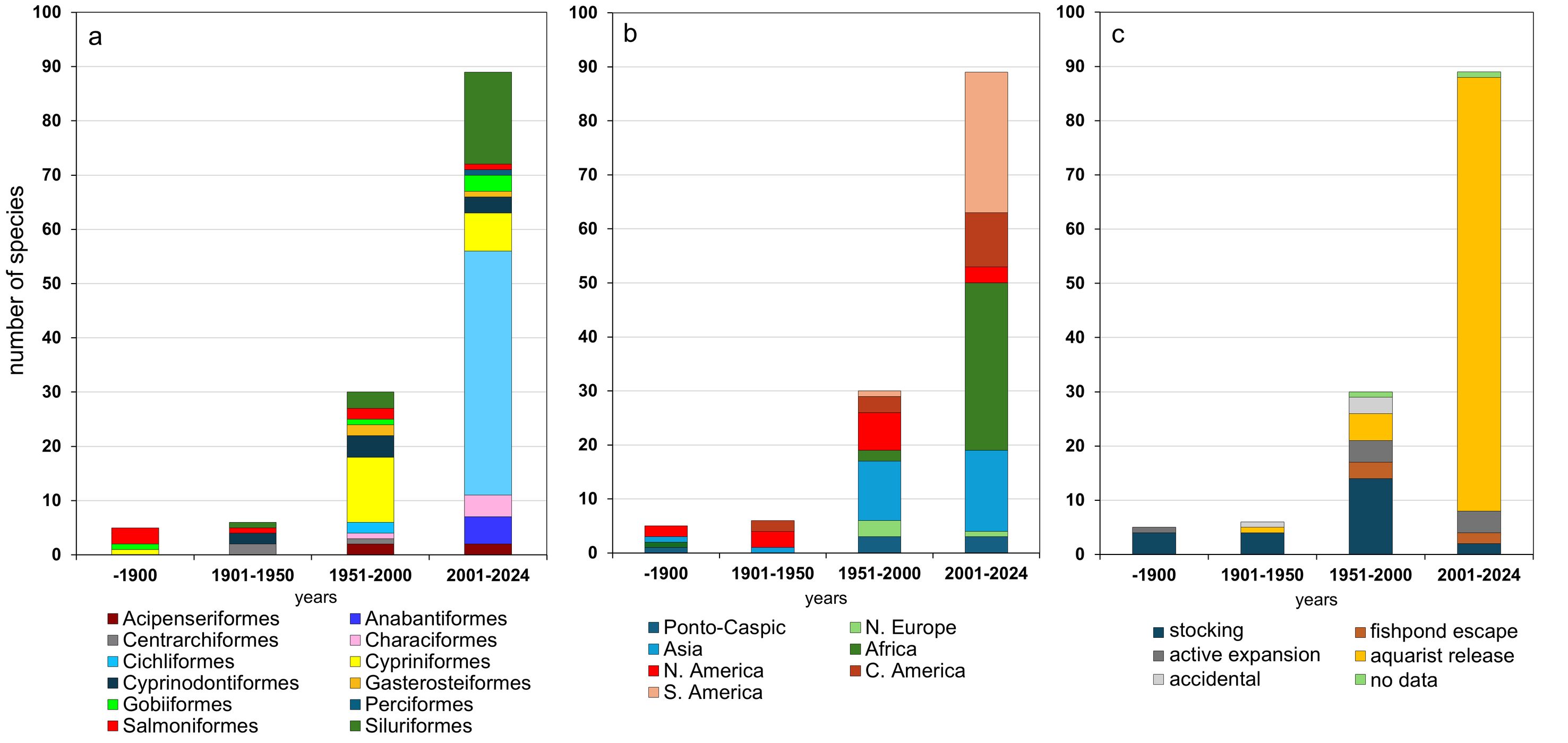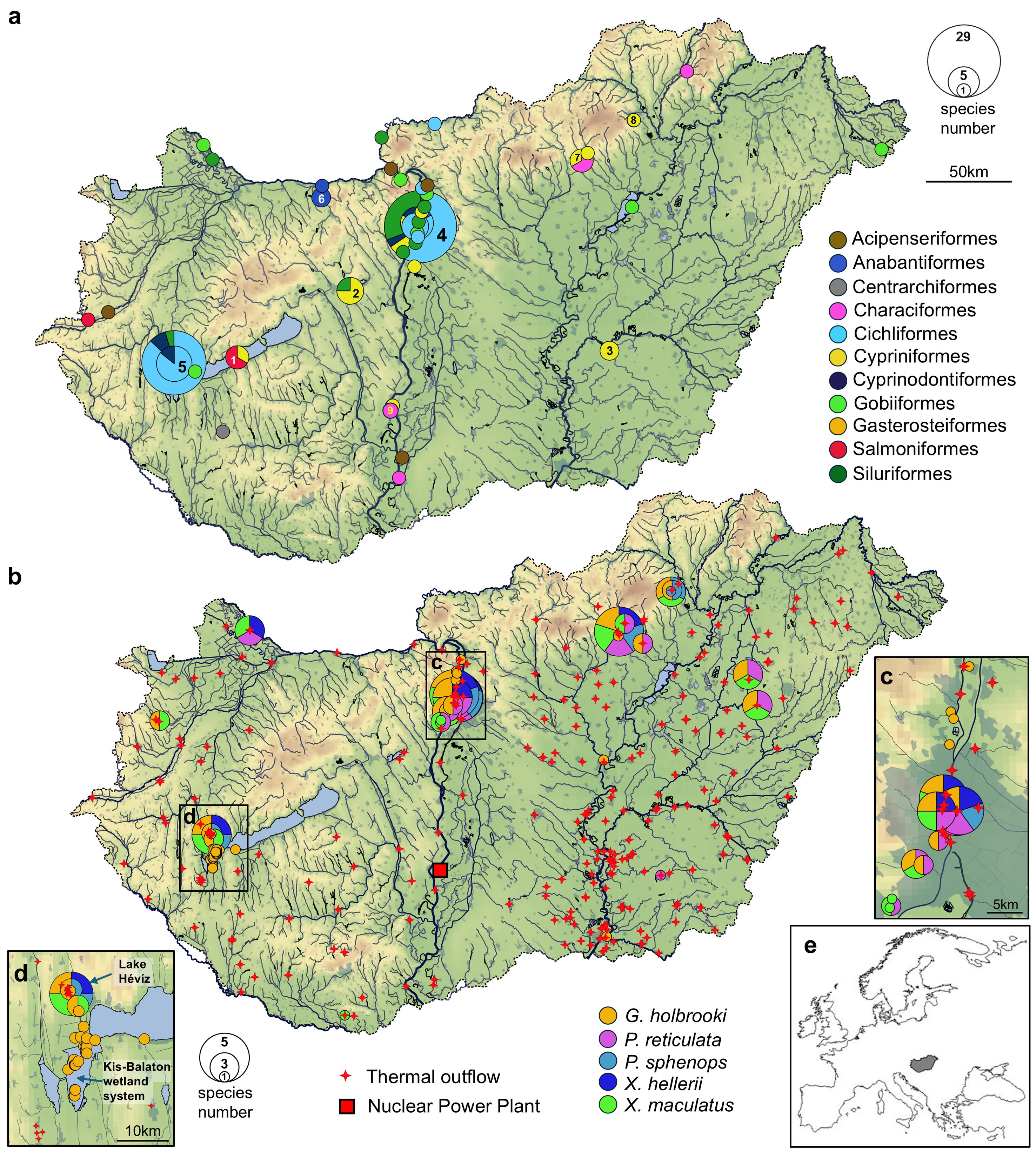Non-Native Fish Species Are Spreading in Hungary – With Thermal Waters Playing a Key Role
Thermal waters – particularly those of Budapest’s baths and Lake Hévíz – may play a significant role in the establishment and spread of non-native fish species reproducing in Hungary. While updating the checklist of alien fish species present in Hungary’s natural waters, researchers at the HUN-REN Balaton Limnological Research Institute (HUN-REN BLRI) also identified several noteworthy occurrence records.
The recent study by HUN-REN BLRI, published in the journal Biological Invasions, provides a comprehensive overview of non-native fish species recorded in Hungary to date and highlights the concerning changes observed in recent decades. The researchers also updated the checklist of alien fish species detected in Hungary’s natural waters and conducted a detailed analysis of their geographical origins, dates of first occurrence, and patterns of spread across the country.

Based on their data collection, 89 new fish species have appeared in Hungarian waters over the past 24 years, bringing the total number of known non-native species and hybrids in the region to 130. Most of these newcomers are warm-water ornamental aquarium species that are often released by their owners—sometimes with good intentions but with serious ecological consequences. The majority belong to the orders Cichliformes (mouthbrooders) and Siluriformes (catfish), but several species from the order Anabantiformes (snakeheads) have also been detected in recent years. These may pose a particular threat to native fish populations.

The newly arrived species are typically detected in warm-water habitats, such as outflows from Budapest’s thermal baths or Lake Hévíz, where favourable environmental conditions allow them to survive year-round. At the same time, these habitats may also support the development of cold-tolerant populations that are better adapted to the local climate and capable of spreading into and colonising surrounding water bodies. A notable example is the eastern mosquitofish (Gambusia holbrooki), which has established stable populations in nearby waters after spreading from Lake Hévíz.

